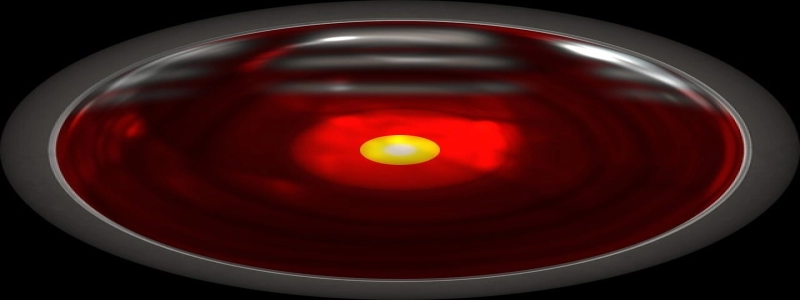Wavelength to Hertz
Introducción
In the world of physics and wave theory, the relationship between wavelength and frequency is fundamental to understanding and predicting various phenomena. In this article, we will delve into the concept of wavelength and its connection to hertz, the unit of frequency.
I. Understanding Wavelength
1.1 Definition and Properties
Wavelength is defined as the distance between two consecutive points on a wave that are in phase, usually measured in meters (metro) or nanometers (Nuevo Méjico). It determines the size of a wave and is inversely related to its frequency.
1.2 Measuring Wavelength
Wavelength can be measured using various techniques, depending on the type of wave under consideration. For electromagnetic waves, such as light, a spectrometer or interferometer is commonly used. For sound waves, devices like sonometers or oscilloscopes can be employed.
II. Introducing Frequency
2.1 Definition and Units
Frequency refers to the number of complete cycles or oscillations of a wave that occur in one second. It is represented by the unit hertz (Hz), named after renowned physicist Heinrich Hertz. One hertz corresponds to one cycle per second.
2.2 Relationship with Wavelength
The relationship between wavelength and frequency is described by the equation: speed = wavelength x frequency, where speed refers to the propagation speed of the wave. This equation shows that as wavelength increases, frequency decreases and vice versa, illustrating their inverse proportionality.
III. Interconversion of Wavelength and Hertz
3.1 Converting Wavelength to Hertz
To convert wavelength to hertz, one needs to apply the wave speed equation mentioned earlier. Given the speed of light in a vacuum (~3 x 10^8 m/s), dividing this value by the wavelength will yield the frequency in hertz.
Example: If the wavelength of a light wave is 500 Nuevo Méjico, the frequency can be calculated as follows:
speed of light = 3 x 10^8 m/s
wavelength = 500 nm = 500 x 10^-9 m
frequency = speed of light / wavelength
frequency = 3 x 10^8 m/s / (500 x 10^-9 m)
frequency ≈ 6 x 10^14 Hz
3.2 Converting Hertz to Wavelength
Conversely, to convert hertz to wavelength, one can use the equation rearranged as wavelength = speed / frequency. By dividing the wave speed by the frequency, the resulting value will be in meters or nanometers, depending on the units of the speed of the wave.
Example: If the frequency of a sound wave is 200 Hz and the speed of sound in air is approximately 343 m/s, the wavelength can be calculated as follows:
speed of sound = 343 m/s
frequency = 200 Hz
wavelength = speed of sound / frequency
wavelength = 343 m/s / 200 Hz
wavelength ≈ 1.715 metro
Conclusión
Understanding the relationship between wavelength and hertz is essential for comprehending wave phenomena across different fields of science. Whether it is light waves, sound waves, or any other type of wave, the ability to convert between wavelength and hertz provides crucial insights into the behavior and characteristics of these waves.








